Which engine is used in the Hyundai Exter?
The Hyundai Exter is equipped with a 1,2-litre engine. This engine is designed to offer a balance between performance and fuel efficiency, making it suitable for both city driving and highway travel.
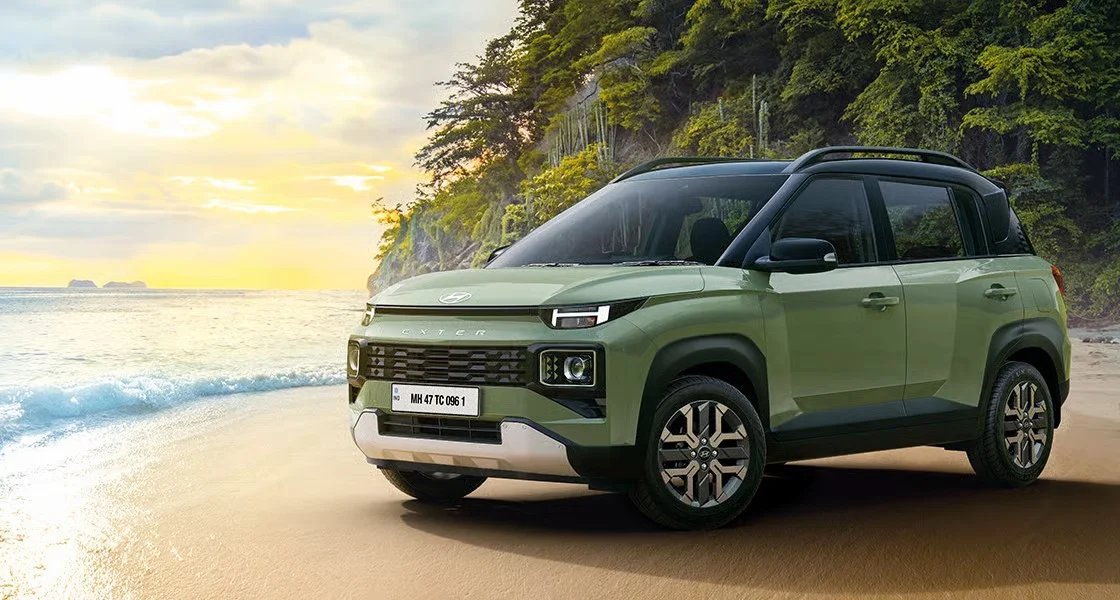
Fuel type
Petrol • CNG
ARAI mileage
19 - 19 kmpl
Transmission
Automatic • Manual
Engine capacity
1197 cc
Seat capacity
5 seater
Available colours
13 colours











Manual Transmission Type MT
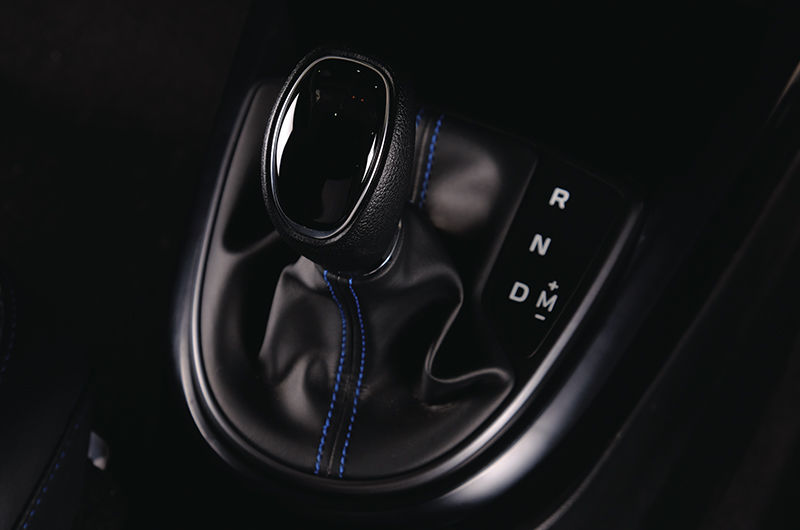
Automatic Transmission type

Infotainment System Display Touch Sensitive

Wheels Steel with Cover
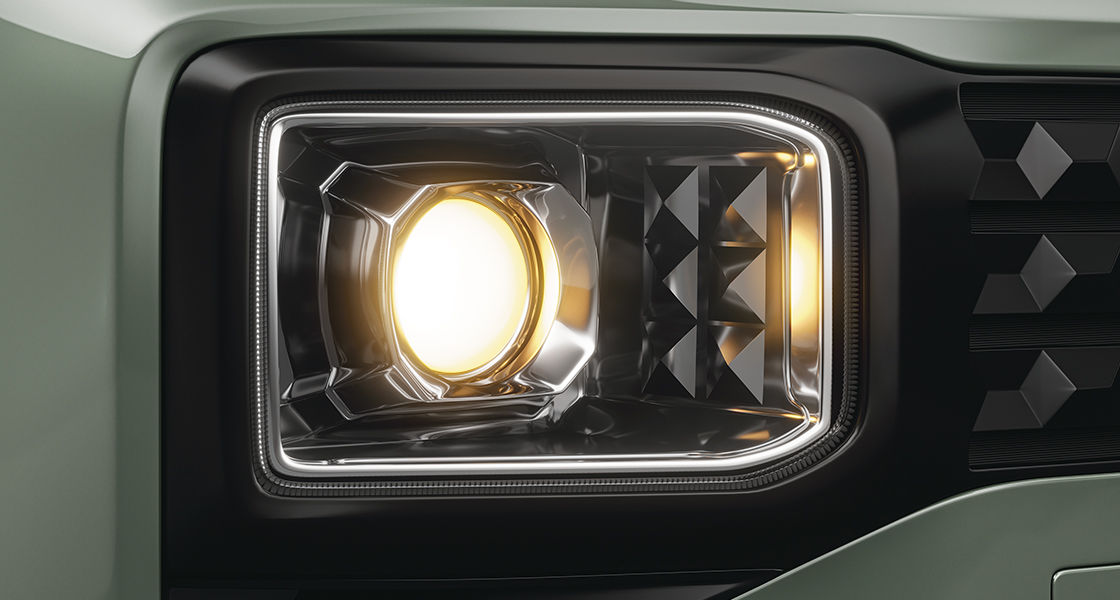
Headlights Halogen

DRLs (Daytime Running Lights)
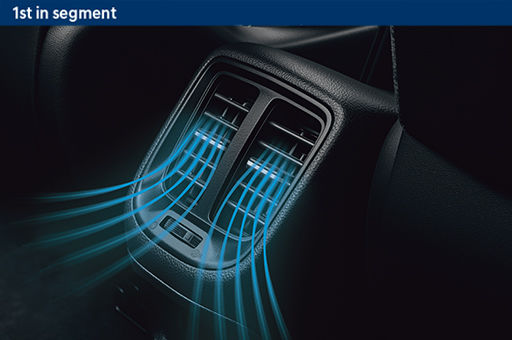
Second Row AC Vents

Cruise Control Maintains a set speed without the driver pressing the accelerator pedal .
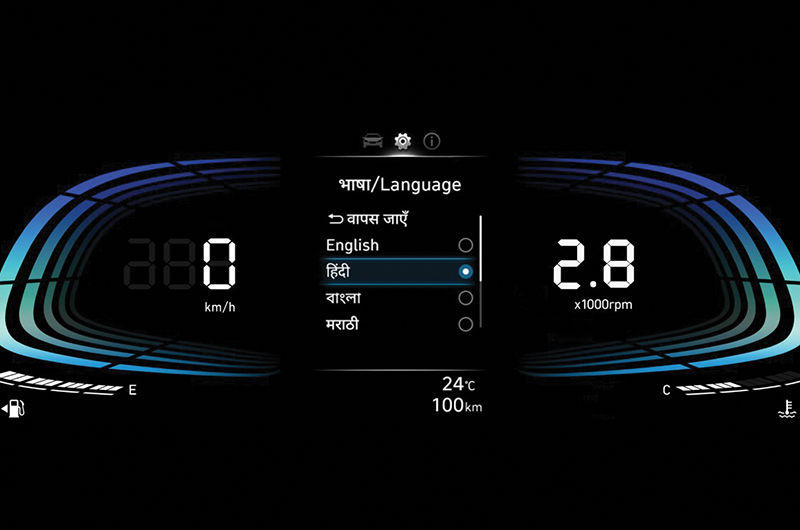
Instrument Cluster Digital
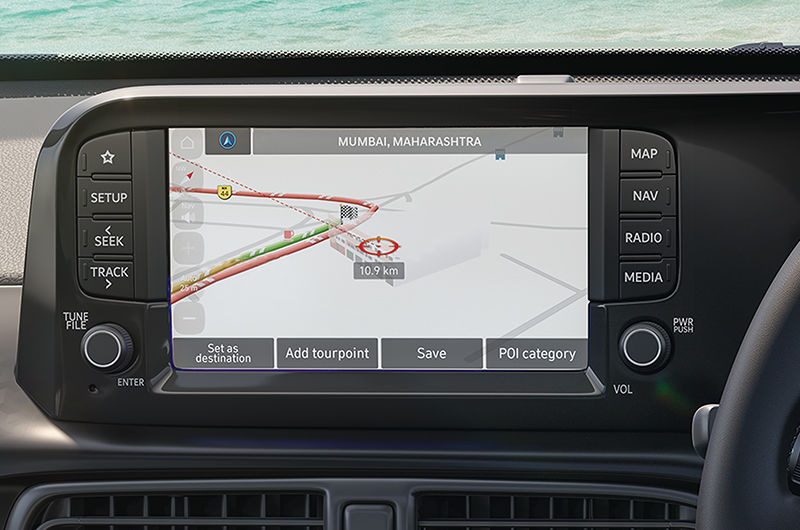
Parking Assistance Front and rear sensors with camera
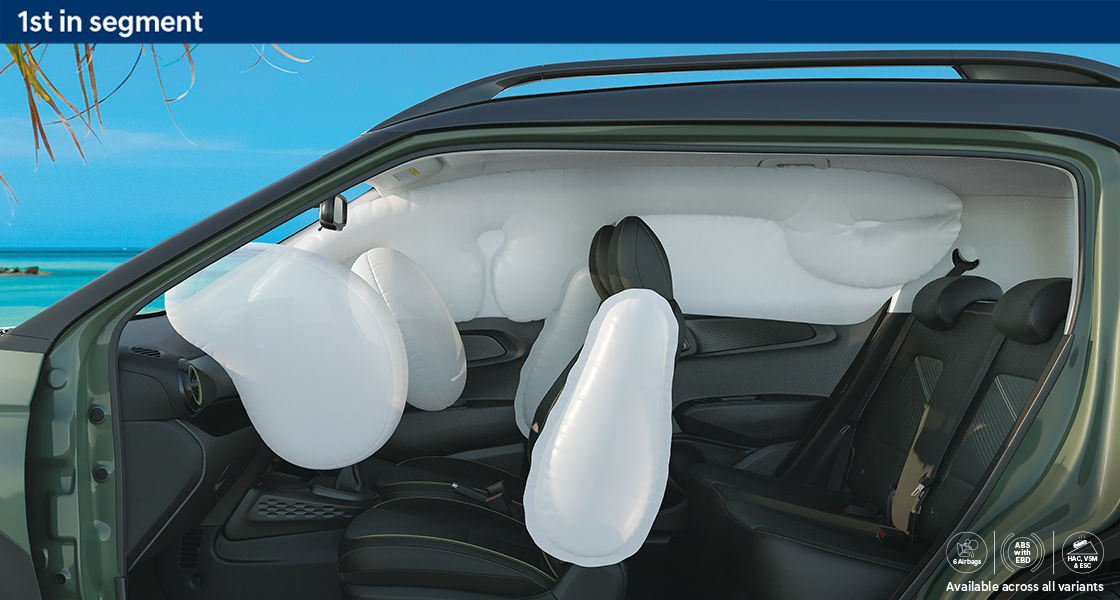
Airbags 6
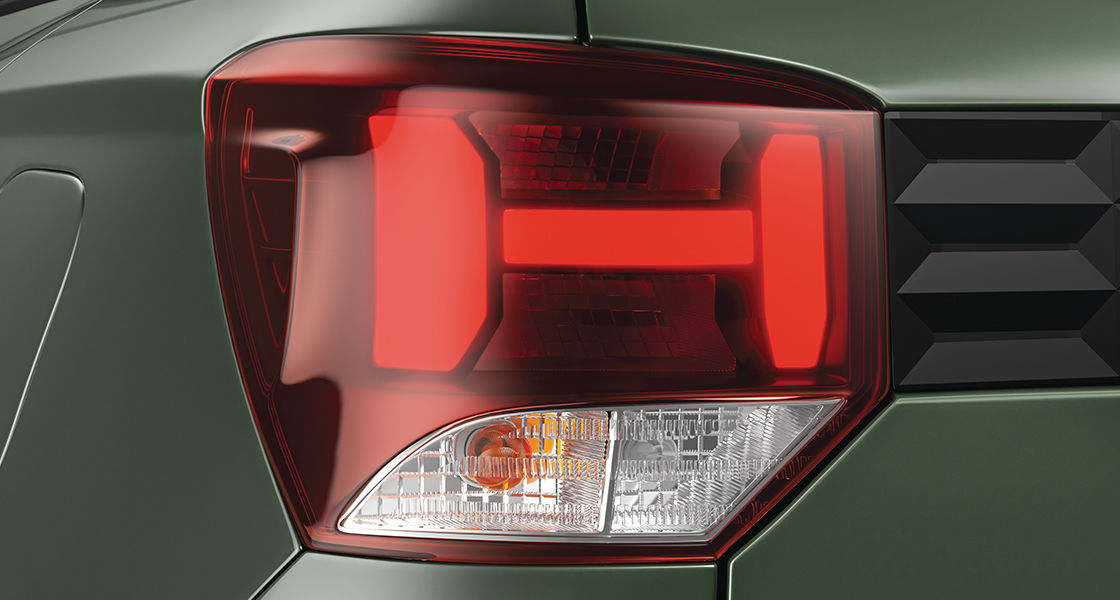
Taillights

Rear Spoiler Aerodynamic device on the rear to improve stability or styling.
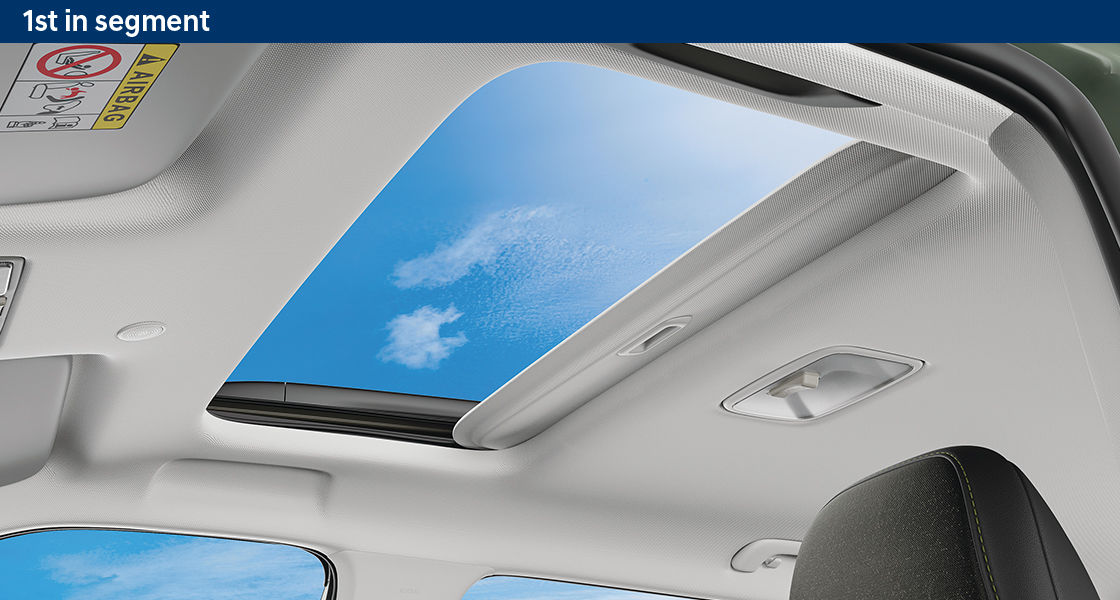
Sunroof
The Hyundai Exter is equipped with a 1,2-litre engine. This engine is designed to offer a balance between performance and fuel efficiency, making it suitable for both city driving and highway travel.
Yes, the Hyundai Exter features Hill Start Assist Control (HAC). This safety technology prevents the car from rolling backwards when starting from a stop on an incline.
Yes, higher trims of the Hyundai Exter are available with a sunroof.
Hyundai projector headlights use a lens to focus the light emitted from the bulb into a controlled and directed beam pattern.
Yes, many new Hyundai models come equipped with a wireless charging pad. This feature allows compatible smartphones to be charged simply by placing them on the charging pad, eliminating the need for cables.
Discover. Decide. Drive.
Explore at your pace, with expert recommendations if needed. Finalise and book your car at the best price.
Financing the right way
Access the best loan options with hassle-free, paperless financing.
Prepare to drive
Schedule delivery for your special day and track updates effortlessly.Schedule delivery for your special day and track updates effortlessly.